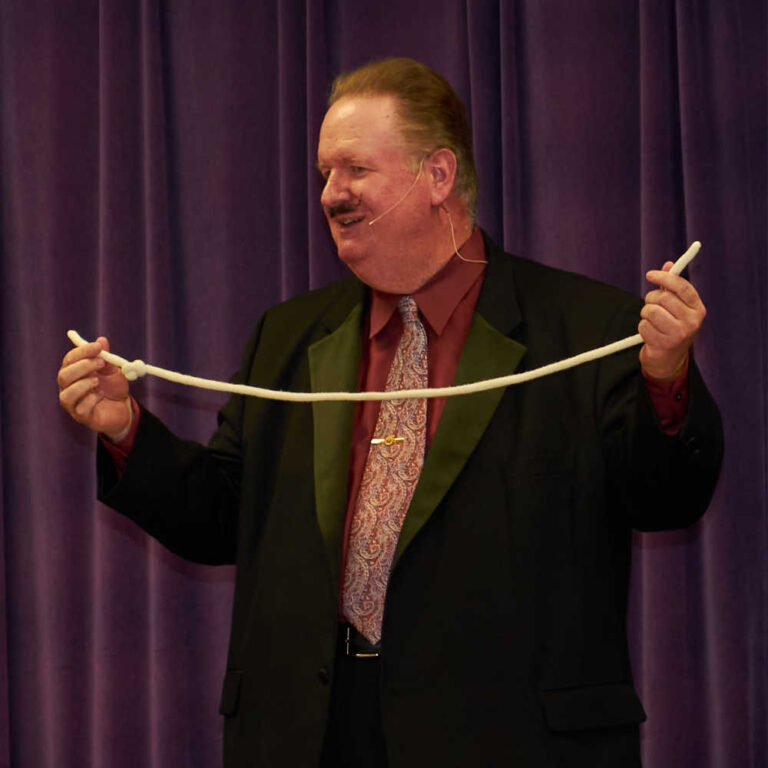Small Action, Big Impact

Small Action, Big Impact Have you ever considered the impact that a small action or decision can have on your audience? Something you consider minor can have an enormous impact on a customer, client, or anyone else who is paying attention to your brand. Here’s a real-world experience that may give you something to think […]
12 Amazing Audience Engagement Ideas I Learned on a Cruise – Part 3
12 Amazing Audience Engagement Ideas I Learned on a Cruise – Part 3 We’ve reached the conclusion of this short series – better late than never! Though the cruise itself is long past, the memories and lessons learned in each port remain. Out of curiosity – are you paying attention to the experiences you […]
12 Amazing Audience Engagement Ideas I Learned on a Cruise – Part 2
12 Amazing Audience Engagement Ideas I Learned on a Cruise – Part 2 This follow-up is long overdue, but worth the wait! Here’s part 2. Amazing tip #6: Encourage your audience to walk through your experience on occasion, instead of always streamlining everything. Dover, England – With London only a short drive away, people […]
12 Amazing Audience Engagement Ideas I Learned on a Cruise – Part 1
12 Amazing Audience Engagement Ideas I Learned on a Cruise – Part 1 I recently returned from performing magic on a couple of European cruises which combined to fill nearly the entire month of August. My wife joined me on this adventure as the dates overlapped our 19th wedding anniversary. We started with five days […]
4 Must-Have Components of Effective Magic (and Branding!)
4 Must-Have Components of Effective Magic (and Branding!) It pains me to say it, but there’s a lot of ineffective magic out there. Magic that people don’t get, don’t like, don’t remember, and ultimately don’t want. Very often, performers may nip at the edges of amazing experiences. Sometimes, some audiences may be engaged for a […]
7 Things About Magic That You Should Have Learned In Business School – #6
#6 – Your props should be in great condition, but they shouldn’t be the star of the show, either onstage or in business. Unless you’re performing a theme act set in a junkyard, there’s not really an excuse for performing with props that are in disrepair. The poor impression they make will be a psychological […]
7 Things About Magic That You Should Have Learned In Business School – #5
#5 – When it comes to polishing your secret move, in magic or in business, smoother is usually better than faster. “The hand is quicker than the eye” is a useful misconception. One of the great myths of magic – and business – is that it’s all about speed. The very word “prestidigitation” means “fast […]
7 Things About Magic That You Should Have Learned In Business School – #4
#4 – Just because your process is boring to you doesn’t mean the result will be. The details of the process aren’t important to the audience, who only care about the end result. But the process is critically important to you, the producer of the effect. You have to be judicious about which methods are […]
7 Things About Magic That You Should Have Learned In Business School – #3
#3 – If it doesn’t look like magic, it still needs work. The most important thing to your business audience is not how hard you worked on the technique. The most important thing to your audience is not whether your back-office software is the coolest. The most important thing to your audience is not how […]
7 Things About Magic That You Should Have Learned In Business School – #2
#2 – Mystery is valuable. It’s one of the primary rules of magic: don’t reveal the secret of the illusion. If you tell the audience your secrets, then the wonderful moment you created for them only seconds ago will lose a lot of its impact. Mystery, in the context of magic, is not about lying […]


